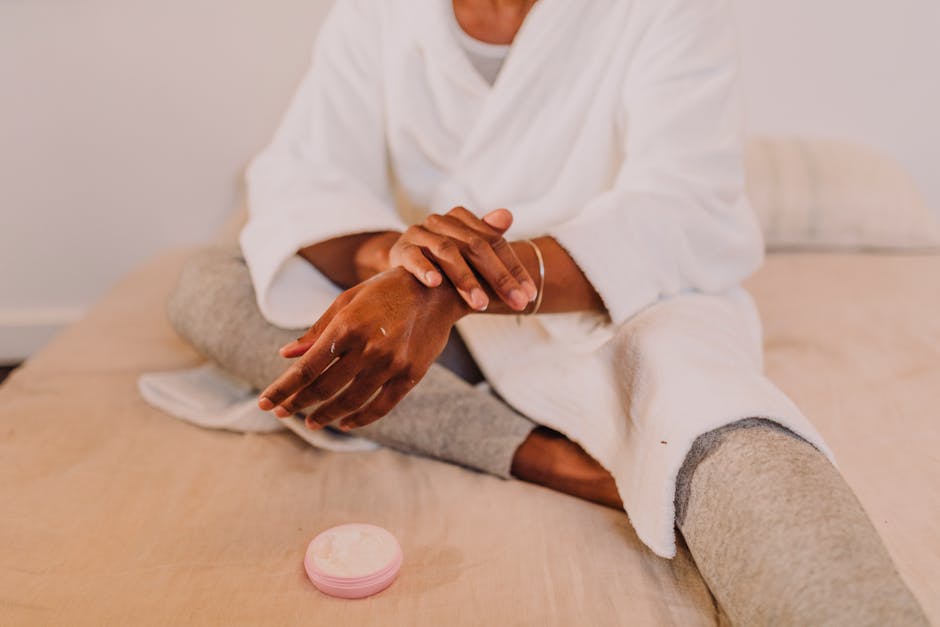Hello, welcome back to Mind Matter with Dr Ogochukwu Ojiaku Last time we discussed Prejudice and discrimination around mental illness and how we can fight stigma and support individuals with mental illness. If you have not watched the last video already, please endeavor to do so in order to stay up to date, Today we will be discussing anxiety disorders. This is going to have multiple series. Anxiety disorders are among the most common of all psychiatric illnesses. It is a mental health diagnosis that is characterized by feelings of worry, apprehension, and intense fear that are strong enough to interrupt one’s daily activities. I wanted to discuss anxiety today because many people are unaware that anxiety can actually be a mental health disorder that requires professional intervention. Of course, Anxiety is a normal human emotion. However, there are various levels of anxiety disorders. There are Mild moderate severe levels and then there is panic disorder. The mild and moderate levels of anxiety are normal levels. Actually, these two can be motivational. For instance, if you have an upcoming exam, this is the type of anxiety that motivates one to study harder in order to be successful on the exam In the mild level of anxiety, vital signs are normal. However, there is often increased awareness of one’s surroundings in the moderate level of anxiety. There is a mild increase in heart rate, a moderate increase in muscle, tone, subjective feeling of worry or apprehension, and narrowed perception. Then we have severe levels of anxiety and panic disorder. These two levels are considered pathological, which means they are abnormal. The severe level of anxiety causes the pupils to dilate diaphoresis, increase muscle, and rigidity, and cause urinary frequency, diarrhea, and sweating profusely. Panic disorder, on the other hand, causes significantly increased symptoms. However, today we’ll be focusing on the mild, moderate, and severe levels of anxiety in our future series. We will address the diverse types of anxiety, which will include panic. Disorder Anxiety is considered pathological When it is disproportionate to events When it is sustained over a long period of time When it impairs one’s function And when it is clearly unrelated to any identifiable event or situation in a person s life, This type of anxiety interferes With perceptions memory, judgment and motor responses, so they require professional treatment and therapeutic intervention, Initially anxiety present as several physical illness states, People experiencing anxiety may complain of chest, pain, heart palpitation, sweating and even feel as if there about to have heart attack. Of course, we want to make sure that the Individual gets a proper workup to rule out cardiac-related issues or other probable causes of their symptoms.

Often anxiety is diagnosed or correctly identified after unnecessary assessment and diagnostic evaluation. This is due to the elevated level of somatic symptoms of anxiety disorder. Research has shown that untreated elevated levels of anxiety predispose people to other serious health problems. Therefore, with that said, the first step to seeking treatment is to talk to your medical provider to make sure that your symptoms are not due to other physical problems. Of course, If anxiety is diagnosed, a mental health professional can work with you to design the best treatment plan for you. Sadly, many people with anxiety disorder do not seek treatment because they are unaware that anxiety is treatable. As stated earlier, anxiety is among the most common psychiatric illnesses. It is distinguished by the degree of anxiety experienced by the client, the duration of the anxiety, the severity of the anxiety, and the behavioral manifestation seen in the client experiencing the anxiety. It is important, especially important to know that Anxiety ranges from acute state to chronic disorders and they are often associated with physical symptoms such as chest, pain, chest, tightness, weakness, and shortness of breath. In the future, we will explore the diverse types of anxieties that exist, which will include panic, disorder, Agoraphobia, Specific Phobia, Social Anxiety, and Generalized Anxiety Disorder. If you or someone you know is experiencing a medical or mental health emergency, please call 911. You can also call the crisis line number 866, 903 3787, or go to the nearest emergency room for treatment. Our email address is located in the description. Please feel free to send us your broad questions. We will randomly select questions to be addressed in our future videos. Please, like comment subscribe, and share this video with your friends and families. Thank you for reading. I am Dr Ogochukwu Ojiaku. Thank you.
As found on YouTubeAFFILIATE MASTERY BONUS: 6-Week LIVE Series Has Begun!
FunnelMates $46.⁹⁵ Replays are Instantly Available. Want A Profitable Mailing List But Not Sure Where To Begin? We’ll Guide You, Equip You, and even PAY You Cash To Do It!

☃in 5-10 Minutes A Day Using Automation Software and our Time-Tested Strategy See How Your New Site Can Be Live In Just 27 Seconds From Now!
 Often anxiety is diagnosed or correctly identified after unnecessary assessment and diagnostic evaluation. This is due to the elevated level of somatic symptoms of anxiety disorder. Research has shown that untreated elevated levels of anxiety predispose people to other serious health problems. Therefore, with that said, the first step to seeking treatment is to talk to your medical provider to make sure that your symptoms are not due to other physical problems. Of course, If anxiety is diagnosed, a mental health professional can work with you to design the best treatment plan for you. Sadly, many people with anxiety disorder do not seek treatment because they are unaware that anxiety is treatable. As stated earlier, anxiety is among the most common psychiatric illnesses. It is distinguished by the degree of anxiety experienced by the client, the duration of the anxiety, the severity of the anxiety, and the behavioral manifestation seen in the client experiencing the anxiety. It is important, especially important to know that Anxiety ranges from acute state to chronic disorders and they are often associated with physical symptoms such as chest, pain, chest, tightness, weakness, and shortness of breath. In the future, we will explore the diverse types of anxieties that exist, which will include panic, disorder, Agoraphobia, Specific Phobia, Social Anxiety, and Generalized Anxiety Disorder. If you or someone you know is experiencing a medical or mental health emergency, please call 911. You can also call the crisis line number 866, 903 3787, or go to the nearest emergency room for treatment. Our email address is located in the description. Please feel free to send us your broad questions. We will randomly select questions to be addressed in our future videos. Please, like comment subscribe, and share this video with your friends and families. Thank you for reading. I am Dr Ogochukwu Ojiaku. Thank you.As found on YouTubeAFFILIATE MASTERY BONUS: 6-Week LIVE Series Has Begun! FunnelMates $46.⁹⁵ Replays are Instantly Available. Want A Profitable Mailing List But Not Sure Where To Begin? We’ll Guide You, Equip You, and even PAY You Cash To Do It!
Often anxiety is diagnosed or correctly identified after unnecessary assessment and diagnostic evaluation. This is due to the elevated level of somatic symptoms of anxiety disorder. Research has shown that untreated elevated levels of anxiety predispose people to other serious health problems. Therefore, with that said, the first step to seeking treatment is to talk to your medical provider to make sure that your symptoms are not due to other physical problems. Of course, If anxiety is diagnosed, a mental health professional can work with you to design the best treatment plan for you. Sadly, many people with anxiety disorder do not seek treatment because they are unaware that anxiety is treatable. As stated earlier, anxiety is among the most common psychiatric illnesses. It is distinguished by the degree of anxiety experienced by the client, the duration of the anxiety, the severity of the anxiety, and the behavioral manifestation seen in the client experiencing the anxiety. It is important, especially important to know that Anxiety ranges from acute state to chronic disorders and they are often associated with physical symptoms such as chest, pain, chest, tightness, weakness, and shortness of breath. In the future, we will explore the diverse types of anxieties that exist, which will include panic, disorder, Agoraphobia, Specific Phobia, Social Anxiety, and Generalized Anxiety Disorder. If you or someone you know is experiencing a medical or mental health emergency, please call 911. You can also call the crisis line number 866, 903 3787, or go to the nearest emergency room for treatment. Our email address is located in the description. Please feel free to send us your broad questions. We will randomly select questions to be addressed in our future videos. Please, like comment subscribe, and share this video with your friends and families. Thank you for reading. I am Dr Ogochukwu Ojiaku. Thank you.As found on YouTubeAFFILIATE MASTERY BONUS: 6-Week LIVE Series Has Begun! FunnelMates $46.⁹⁵ Replays are Instantly Available. Want A Profitable Mailing List But Not Sure Where To Begin? We’ll Guide You, Equip You, and even PAY You Cash To Do It!  ☃in 5-10 Minutes A Day Using Automation Software and our Time-Tested Strategy See How Your New Site Can Be Live In Just 27 Seconds From Now!
☃in 5-10 Minutes A Day Using Automation Software and our Time-Tested Strategy See How Your New Site Can Be Live In Just 27 Seconds From Now!

